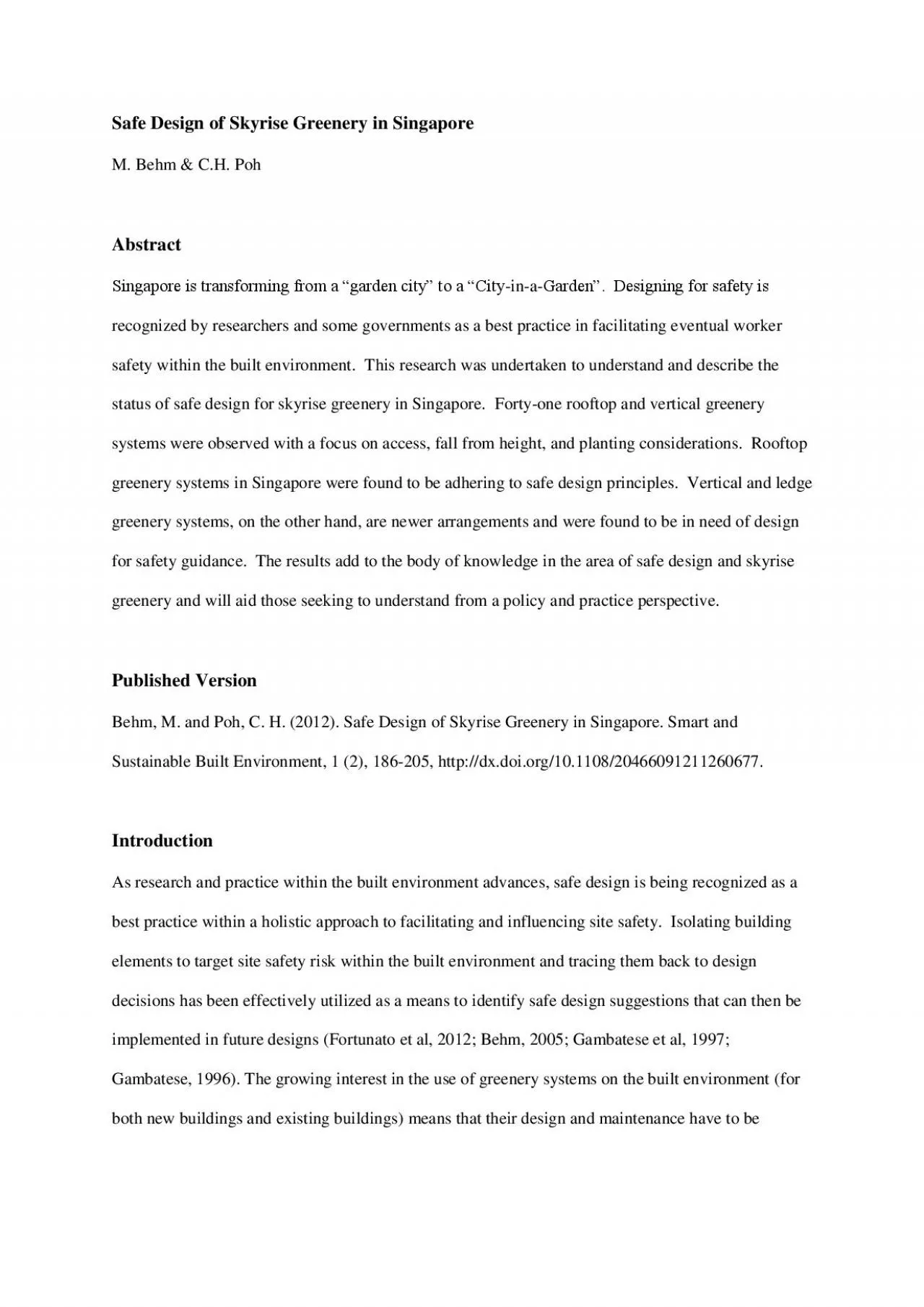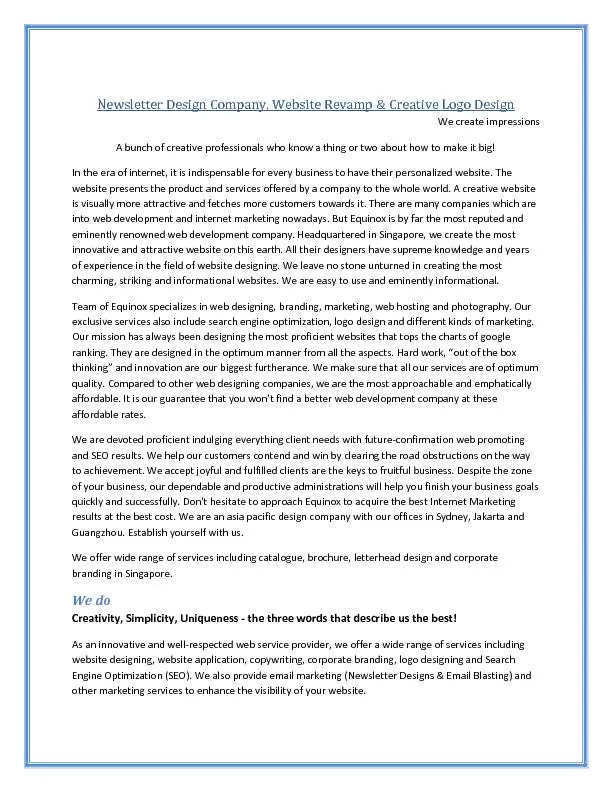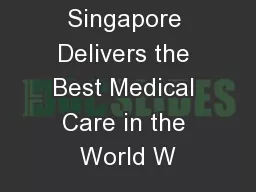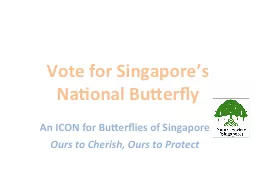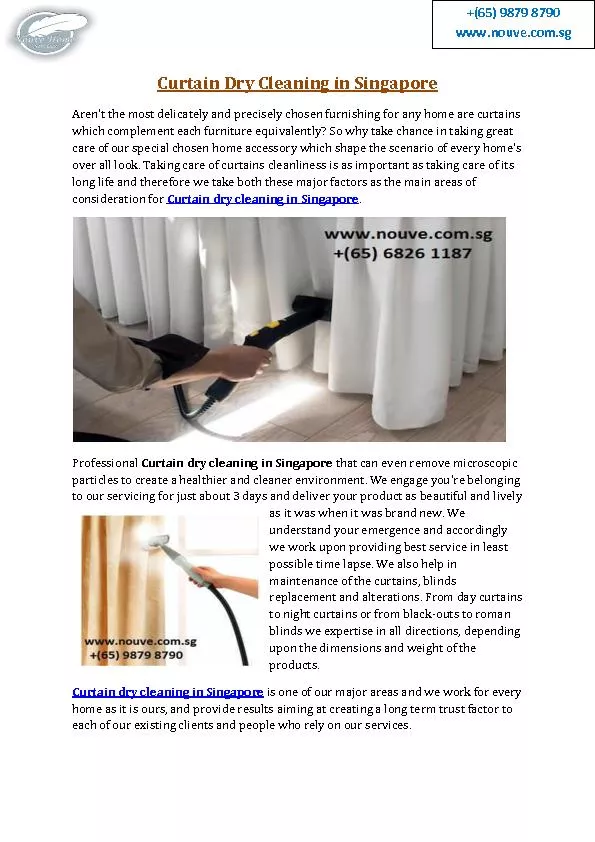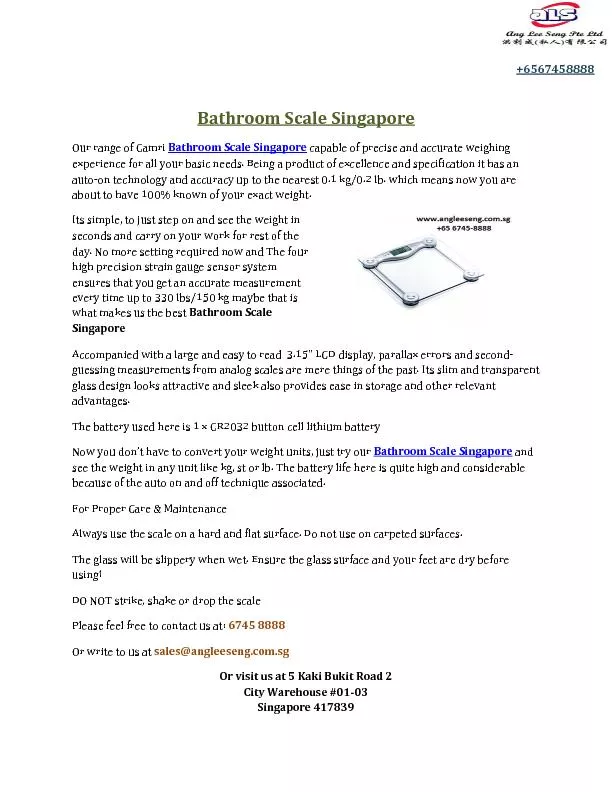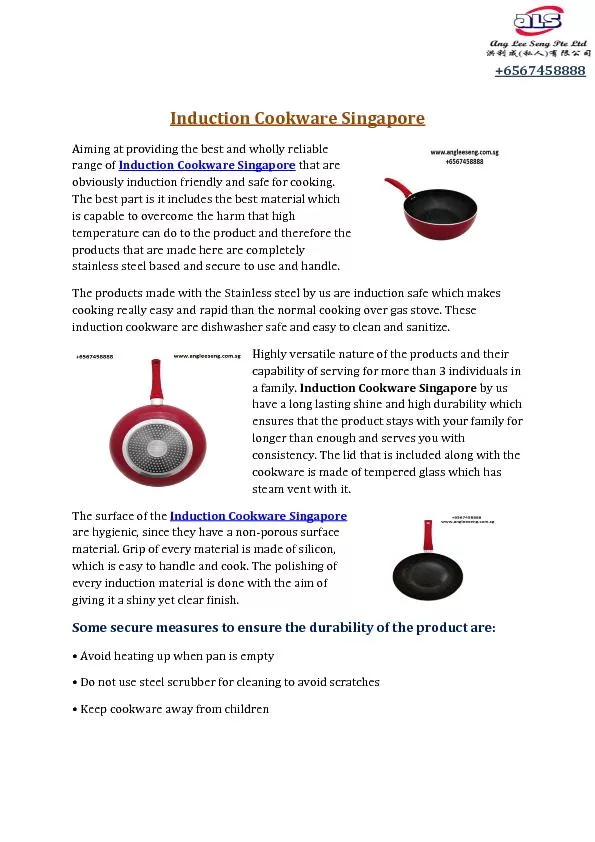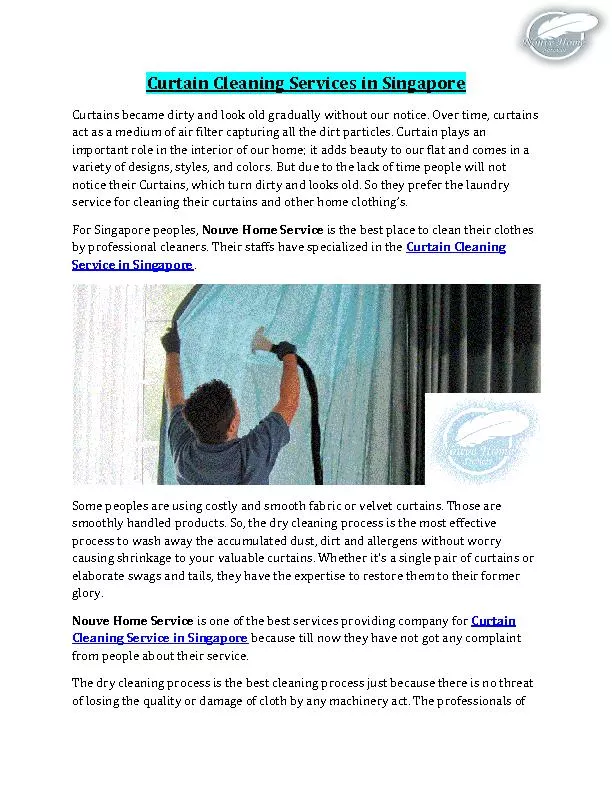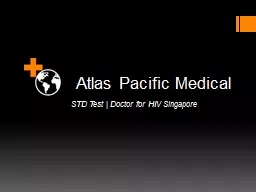PDF-Safe Design of Skyrise Greenery in Singapore
Author : brooke | Published Date : 2021-09-10
M Behm CH PohAbstractSingapore is transforming from a garden city to a CityinaGarden Designing for safety is recognized by researchers and some governments as a
Presentation Embed Code
Download Presentation
Download Presentation The PPT/PDF document "Safe Design of Skyrise Greenery in Singa..." is the property of its rightful owner. Permission is granted to download and print the materials on this website for personal, non-commercial use only, and to display it on your personal computer provided you do not modify the materials and that you retain all copyright notices contained in the materials. By downloading content from our website, you accept the terms of this agreement.
Safe Design of Skyrise Greenery in Singapore: Transcript
Download Rules Of Document
"Safe Design of Skyrise Greenery in Singapore"The content belongs to its owner. You may download and print it for personal use, without modification, and keep all copyright notices. By downloading, you agree to these terms.
Related Documents

